Catalonia is undoubtedly one of Spain’s most visited regions with millions of tourists thronging Barcelona, the region’s capital, for its fabled architecture, pristine beaches and enchanting scenery. However, Catalonia has more cities to offer beyond Barcelona that would make amazing destinations for the ultimate getaway plan.
If you’re in search of a different experience outside Barcelona, consider a tour around the Dalinian Triangle!
Table of Contents
The Dalinian Triangle
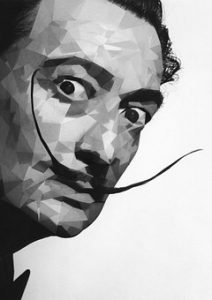


Photo via Pixabay
The Dalinian Triangle refers to the three locations in Púbol, Portlligat, and Figueres which when linked together with lines, form a triangle on a map of Catalonia. These locations are home to the Gala-Dalí Castle of Púbol, the House-Museum in Portlligat and the Dalí Theatre-Museum in Figueres which allow art enthusiasts and curious minds to explore the life and work of the internationally renowned artist, Salvador Dalí.
Salvador Dalí
Born in 1904 in Figueres, Salvador Dalí i Domènech’s artistic talent was obvious from a young age. In 1919, he had his first public exhibition at the Municipal Theatre of Figueres. He later joined the Spanish capital’s Art Academy in Madrid where the controversy surrounding his character became observable. He was expelled from the academy for expressing publicly that his examiners were incompetent. Dalí is credited for being a versatile, prolific artist in the twentieth century and the most famous Surrealist. He was an eccentric and enjoyed expressing himself outlandishly which sometimes drew more attention than his artwork.
If you want to learn more about the life and intrigues of Salvador Dalí visit the Dalí Foundation Website.
Related article: What to do and where to go in Catalonia
The Dalí Theatre-Museum
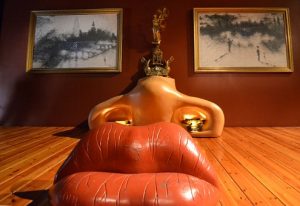


Photo via Pixabay
The Dalí Theatre-Museum stands on the remains of the former Municipal Theatre of Figueres, which was destroyed during the Spanish civil war. The museum is considered to be one of Dalí’s greatest installations, having designed it himself. He created specific pieces for the Theatre-Museum, such as the Mae West room, the Palace of the Wind room, Monument to Francesc Pujols and Rainy Cadillac. The building is painted in a bold shade of red and has massive eggs on top of it. This exterior design alone is telling of the unique and mind-blowing experience that comes with visiting the theatre-museum. The museum exhibits a wide spectrum of Dalí’s work with about 1,500 pieces of art such as paintings, drawings, sculptures, engravings, installations, holograms, stereoscopes and photography, all recounting his artistic journey.
The Theatre-Museum also features works by other artists such as El Greco, Marià Fortuny, Modest Urgell, Ernest Meissonier, Marcel Duchamp, Wolf Vostell, Antoni Pitxot and Evarist Vallès, among others. One other interesting fact about the museum is that Dalí is buried in a crypt at the center of the museum.
For detailed information on how to get there, opening hours and ticket prices, visit the official Dalí Foundation website.
Related article: Dali’s paintings not to be missed in Barcelona
The Gala Dalí Castle
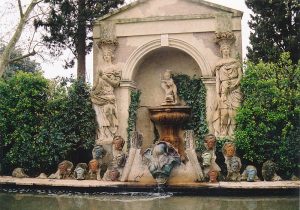


Photo by Gordito1869 via Wikimedia Commons
The Gala Dalí Castle is situated in a small town called Púbol in the province of Girona. Dalí bought this former castle, which was initially in ruins, in the late 1960’s as a gift to his wife: Gala. He restored the castle and transformed into a safe place for her to rest. Interestingly, the couple did not live here together at the same time.
The castle was opened to the public in 1996. On display at the museum, there are several of Dalí paintings and drawings, a collection of haute-couture dresses worn by Gala, and the famous sculpture of the long-legged elephant. After Gala’s death, she was buried in a crypt at the palace that Dalí had made for her.
For detailed information on how to get there, opening hours and ticket prices, visit the official Dalí Foundation website.
The House-Museum in Portlligat
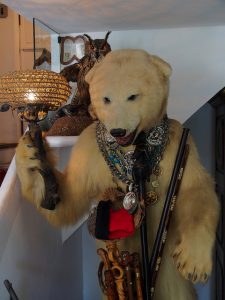


Photo by CC Chapman via Visualhunt
Dalí’s House-Museum, located in a small fishing village called Portlligat, in Cadaqués, served as his home from 1930 to 1982 when Gala died, after which he moved to the Gala-Dalí Castle in Pubol. The house was restored from seven fisherman huts, renovated and enlarged into a rather unique property.
The house-museum has an interesting lobby where visitors are greeted at the entrance by a stuffed polar bear carrying a lamp. There are three different areas open for viewing: the part in which the private lives of the couple took place, the study with lots of objects connected with Dalí’s artistic activity; and the outdoor areas, specially designed for public life.
The Salvador Dali House-museum was opened to the public in 1997. For detailed information on how to get there, opening hours and ticket prices, visit the official Dalí Foundation website.
We hope you’ll have a surreal experience in Catalonia as you live through Dalí’s life on the tour!
Looking for an apartment in the city? ShBarcelona can help you find the perfect one.









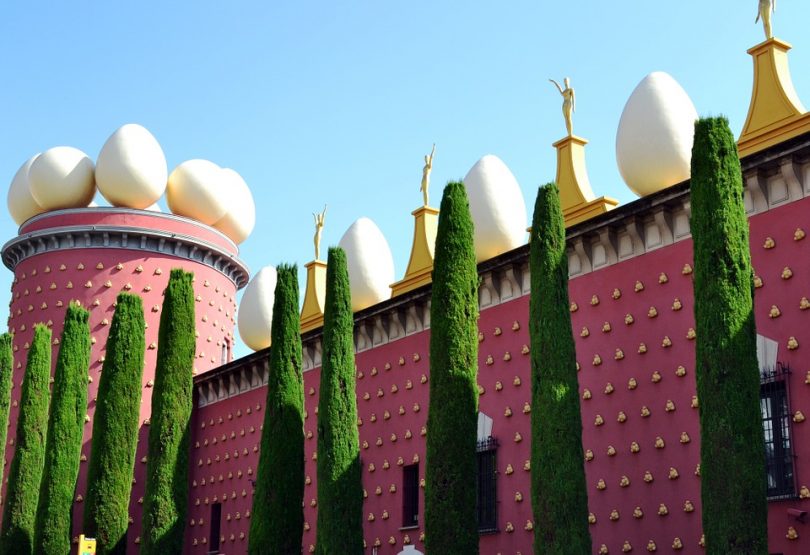

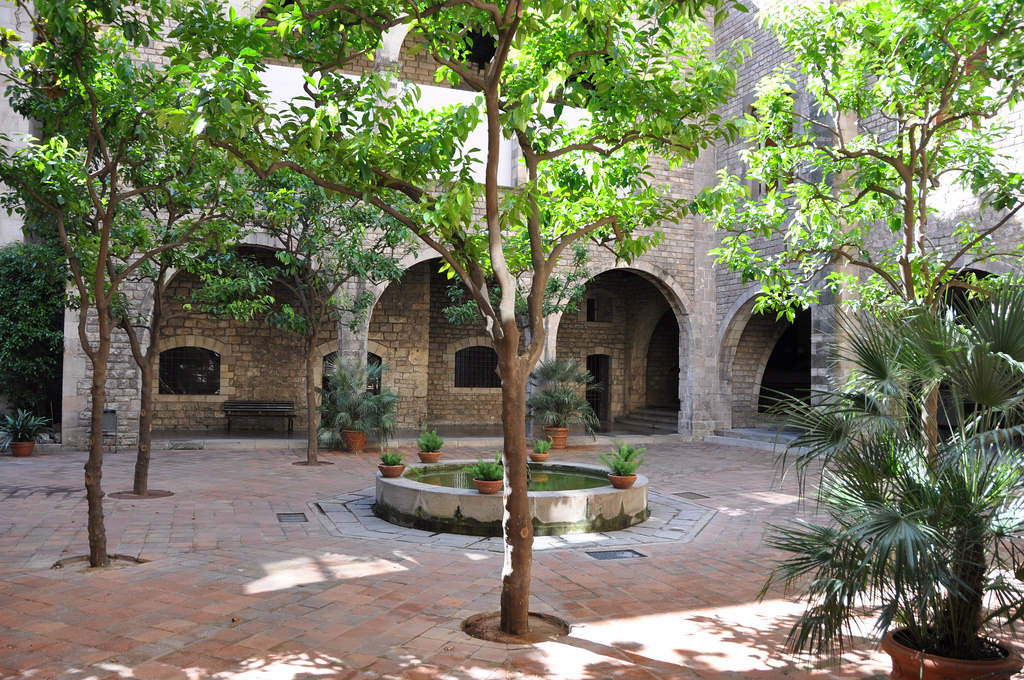
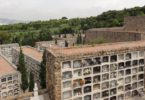
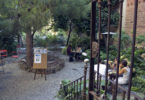




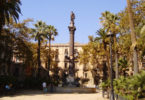


Leave a Comment